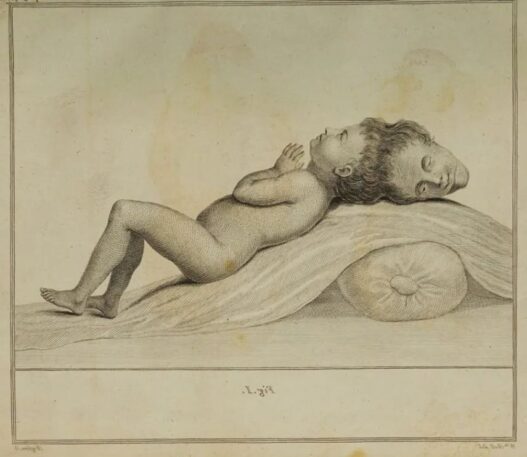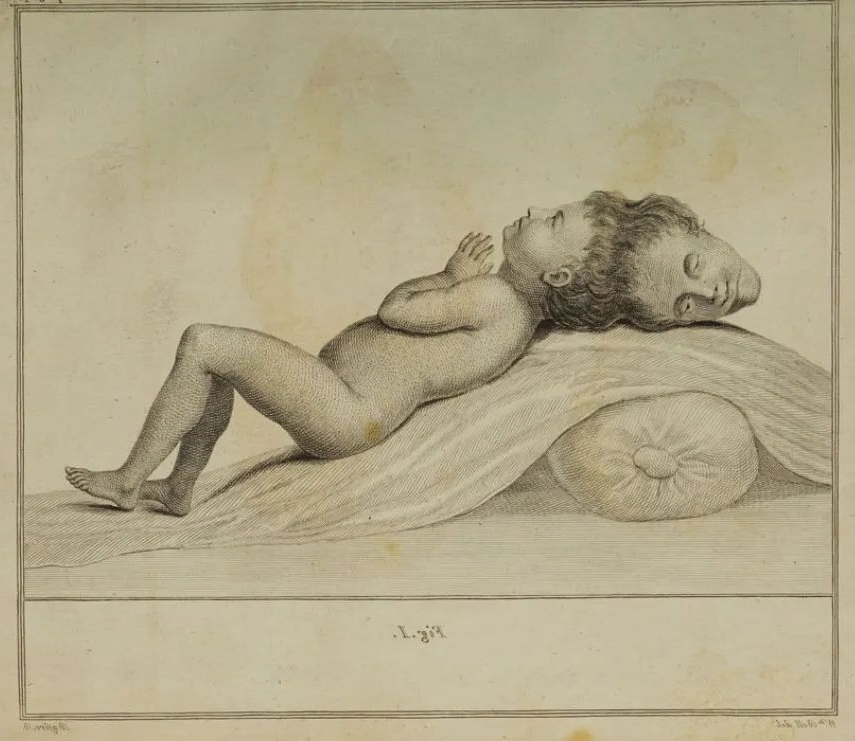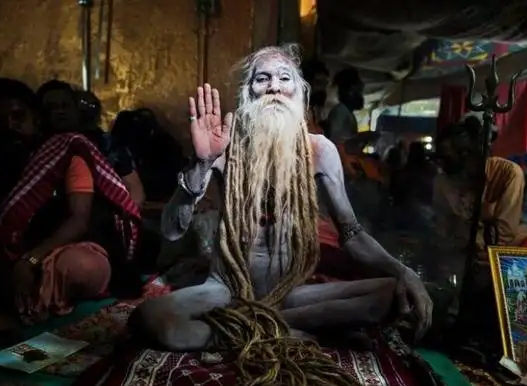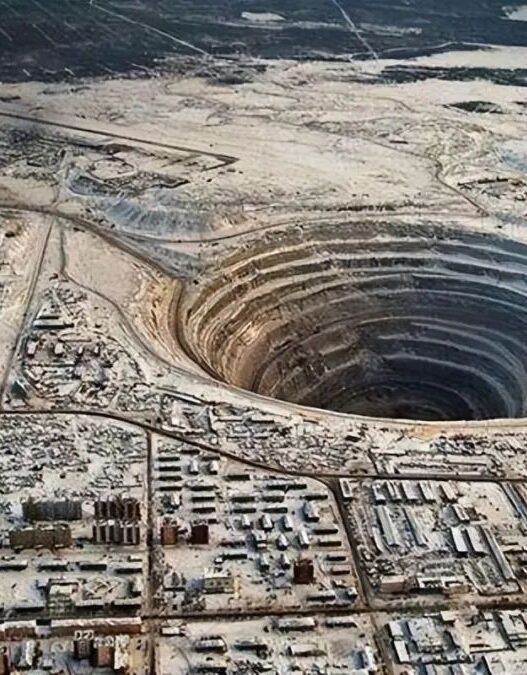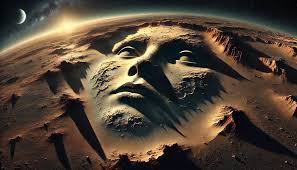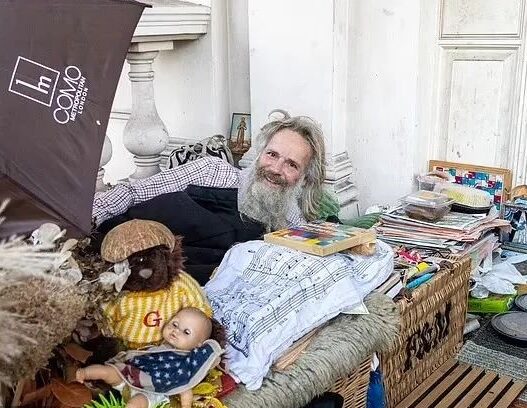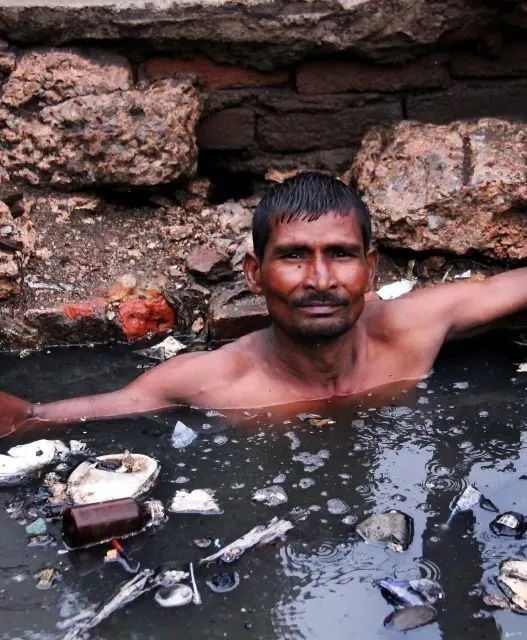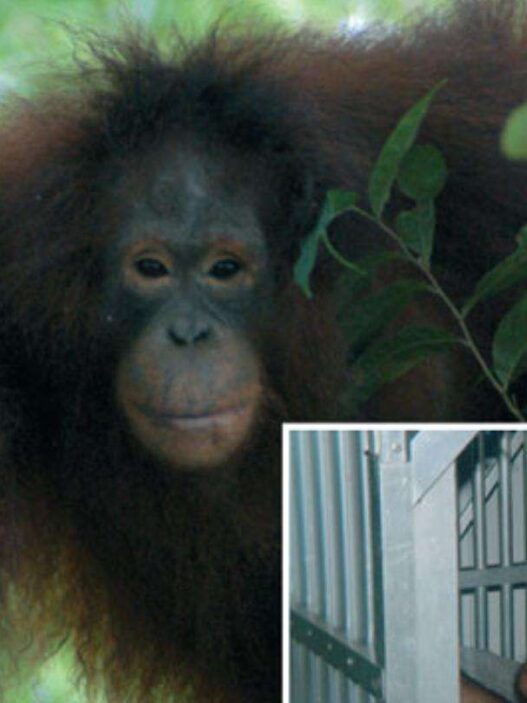The story of the “Bengal two-headed boy” is a tragic one, filled with both fascination and exploitation. Born in 1783 in the village of Mondurgate in West Bengal, India, this child suffered from an extremely rare condition known as craniopagus parasiticus. This condition caused a fully formed second head to be attached to his own at the top of his skull. Today, his skull is displayed in the Hunterian Museum in London, where it serves as a haunting reminder of his short and troubled life.
The Birth of the Two-Headed Boy
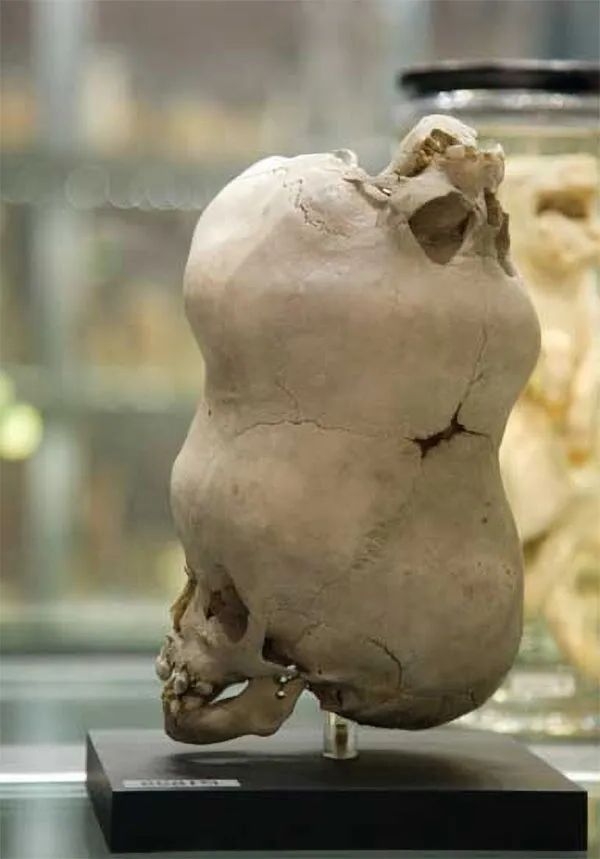
The boy’s real name has been lost to history, but his story was documented by Everard Home in his 1790 paper, “Account of a Two-Headed Child.” He was born on May 23, 1783, near Kolkata (then Calcutta), to impoverished parents, Hannai and Nooki. When the midwife saw the child with two heads, she was so horrified that she nearly killed him.
Apart from the second head, which was completely formed with eyes, nose, mouth, and a small fleshy stump resembling a small peach as a neck, the rest of the child was healthy. The second head was attached upside down, facing the crown of the boy’s head. Home described the midwife’s reaction in his account: “The midwife, shocked by the strange appearance of the child, tried to throw the baby into the fire to destroy it. The child remained in the fire long enough for one eye and ear of the second head to be severely burned.”
Despite the severe damage to one eye and ear, Home observed that the other eye appeared normal. However, it reacted weakly to moving objects, with the pupil only slightly contracting in bright light. The ear was described as a “loose fold of skin.” The second head’s jaw was much smaller than normal, and its tongue was mostly stuck to the lower jaw, with only the tip moving freely.
A Life of Exhibition
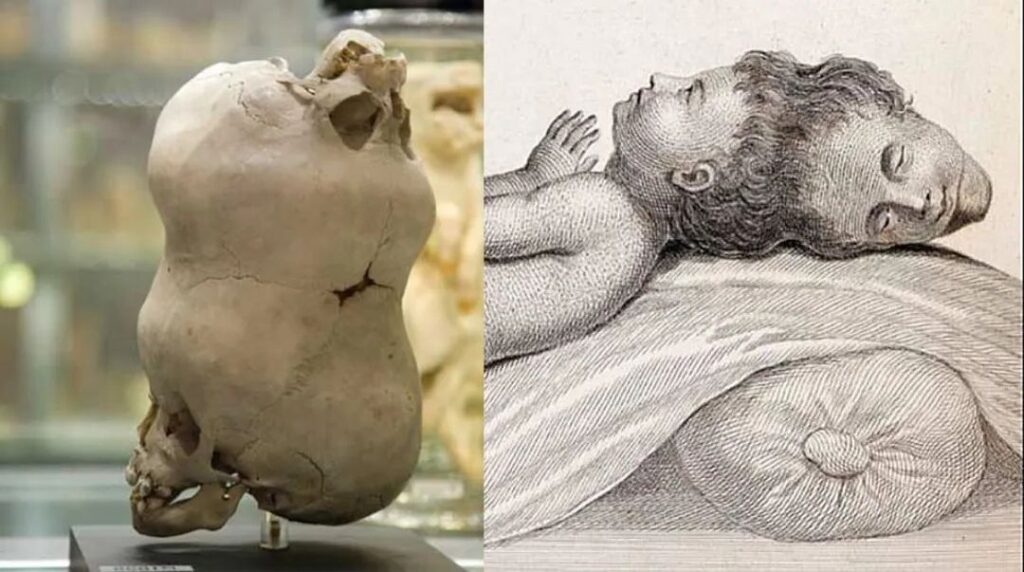
Realizing that their child’s unusual appearance could be used to make money, Nooki and Hannai decided to show him off to the public. They would walk him around Kolkata, exhibiting him to curious onlookers, much like later-day circus freak shows. They usually covered the child with cloth, allowing only paying customers to view him. This could have contributed to the boy’s thin and unhealthy appearance.
According to Home, the child passed away suddenly in 1785 at the age of two. However, there is also another version of the story, which states that he died at the age of four. One version claims that when his mother returned home from fetching water, she found him dead from a cobra bite. However, this was not the end of his story.
Grave Robbery and Scientific Curiosity
The family lived near the Rupnarayan River in the town of Tamluk, residing on a property owned by Mr. Dent, a salt merchant from the East India Company. After burying their son by the river, Mr. Dent became intrigued by the boy’s body. Despite the parents’ refusal, Dent dug up the grave and dissected the boy’s peculiar body.
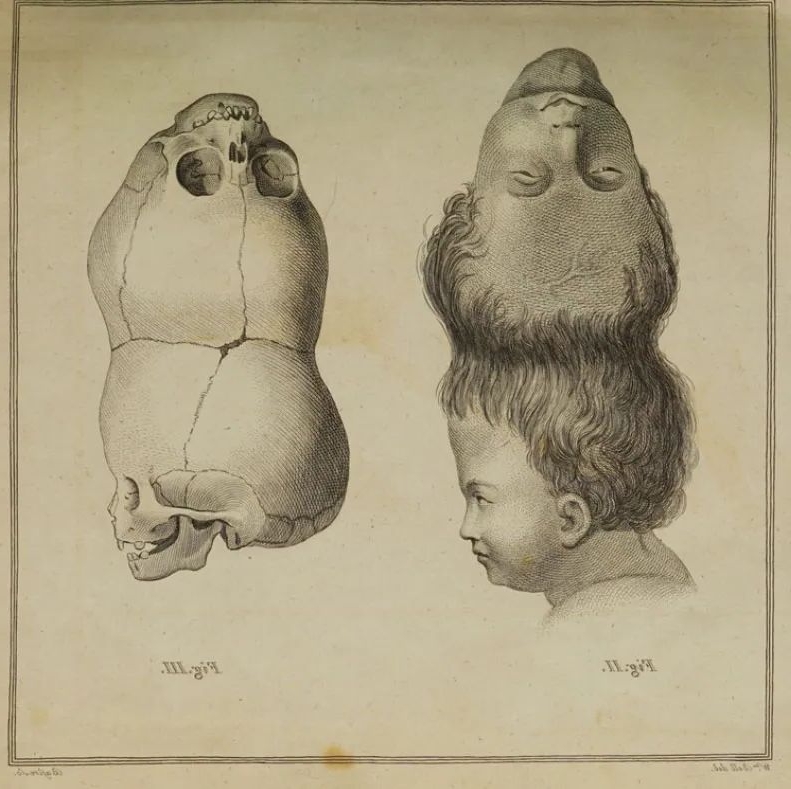
Soon after, Captain Buchanan, a ship captain, stopped at Dent’s house before returning to Europe. Dent displayed the boy’s skull, which greatly fascinated Buchanan. Knowing that his friends at the Royal College of Surgeons would be interested in such a unique specimen, Buchanan convinced Dent to allow him to take the skull with him.
Scientific Examination
The skull was soon studied by some of Britain’s most renowned doctors. They discovered that the two heads shared a common skull cavity but were not separated by any bone. Although Dent had removed much of the soft tissue during the dissection, they speculated that the two brains might have been connected through blood vessels and nerves. Home’s work included a drawing, based on a portrait commissioned by Dent months before the boy’s death.
The skull was kept by the famous surgeon and anatomist John Hunter, who later included it in his collection at the Hunterian Museum in London. It became one of the museum’s strange and unusual specimens, representing a rare medical phenomenon.
Craniopagus Parasiticus
Craniopagus parasiticus is an extremely rare form of parasitic twin, and only ten cases have been recorded in history. Of these, only four survived after birth. The Bengal two-headed boy remains the first known case. Today, his skull serves as a chilling reminder of the extraordinary yet tragic nature of his life.







